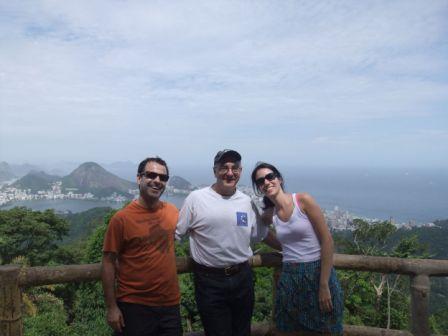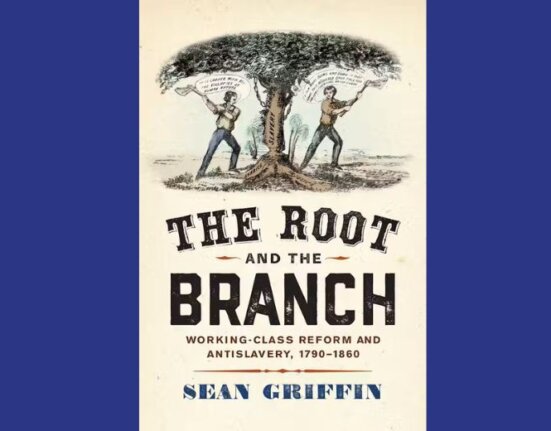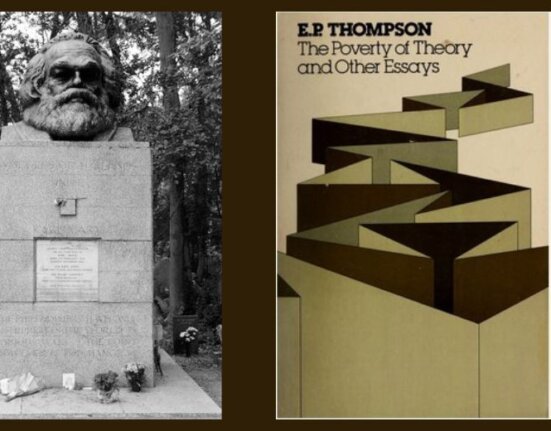From November 27 to November 30, 2012, I had the pleasure of attending the Second International “Worlds of Labor” conference—effectively the Brazilian labor historians’ national gathering—sponsored by the host institution, the Getulio Vargas Foundation, in Rio De Janeiro. Professor (and Labor author) Paulo Fontes of the GVF, representing a leadership group from across the country and beyond (including Labor associate editor John French), served as conference coordinator. It was a most impressive assemblage of talent, including more than 200 participants organized in 35 topical sessions and four roundtables. Although mostly conducted in Portuguese, the organizers invested the necessary resources to translate the plenaries and roundtables into Spanish and English.

There were several aspects of the meeting worth special mention. Of particular note, the organizers succeeded in blending a strong complement of sessions on the history of Brazilian slavery, manumission, and abolition with those on late-nineteenth and twentieth-century labor history.
Thematically, it was also clear that the Brazilians, along with their Argentinian counterparts, are advancing an increasingly sophisticated and modulated understanding of labor-state relations, once all-too-tidily dismissed under the rubric of “corporatism.” Several presenters, for example, explored the work of the country’s labor courts.
In addition, the roundtables—drawing on the presence of a dozen international guests–highlighted the challenge of global labor history. Presenters here included Peter Alexander from the University of Johannesburg who offered moving video images of the deadly massacre in the recent South African miners’ strike.
Internationally, two Europe-centered institutions (each with a delegation at the Rio conference) continue to help underwrite labor-related scholarship in the developing world: i.e. the International Institute of Social History led by Marcel van der Linden in Amsterdam, and the Re:Work project directed by Andreas Eckert at the International Research Center, Humboldt University, Berlin.
Finally, the optimism, even exuberance, currently evident in the Brazilian labor history field stands out to the North American observer. One explanation is perhaps structural: there is a boom of new hiring in the country’s expanding higher ed sector, which brings many eager young scholars to the fore. Another explanation is clearly political: though, as John French noted, the name “Lula” was rarely mentioned during the conference (and indeed few sessions explored Brazilian labor in the contemporary period), the legacy of the labor movement on the Brazilian state and public culture remains strong.







